Meera Bhardwaj
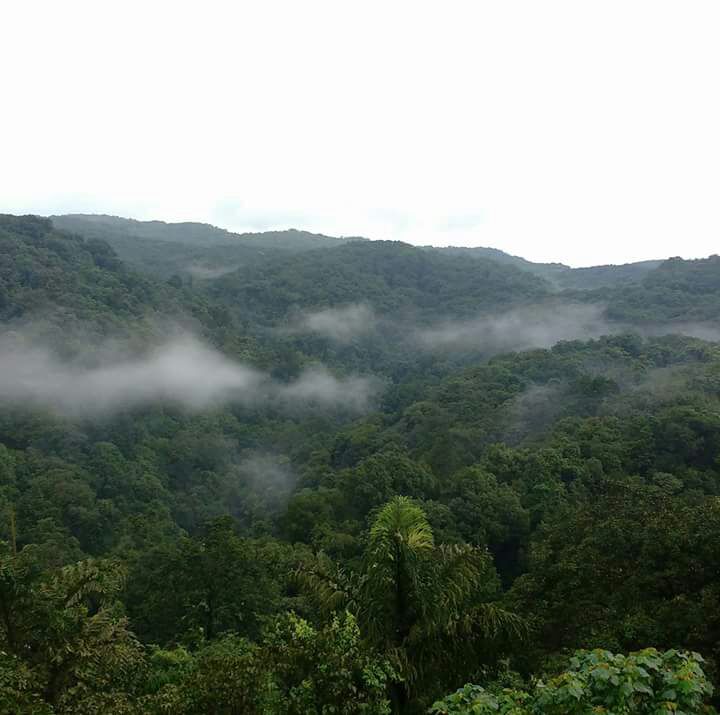
For the first time in the country, a unique environmental movement is on which is seeing huge people’s participation to save the Western Ghats from three infrastructure projects approved by the state and the Centre. Not just citizens, activists, experts, scientists, environmental groups, lawyers, students and academicians but also MLAs and even a political party has jumped in the fray to save the pristine forests in the state of Goa.
Each group has opposed the approvals granted to three linear projects running across the Mollem National Park and the Bhagwan Mahaveer Wildlife Sanctuary and the area outside it. People have adopted every means to express their total opposition to these projects. If some have adopted the legal method to stop these projects, others have submitted memorandums, organized street protests, highlighted the biodiversity of these PA through artworks, video appeals, through poetry, song and dance performances and of course, hosting of webinars.
Mollem National Park as also Bhagwan Mahaveer Wildlife Sanctuary has received forest clearances for diversion of hundreds of hectares of forest land for a railway double tracking project (114 ha and felling of 18,541 trees)), four laning of NH-4A highway (31 ha and felling of 12,097 trees) and the 400 KV Goa-Tamner Power line (11.54 ha and felling of 4146 trees). It is not just the area inside the PA that will be affected but also outside it, thereby, impacting the communities living here and their livelihood.
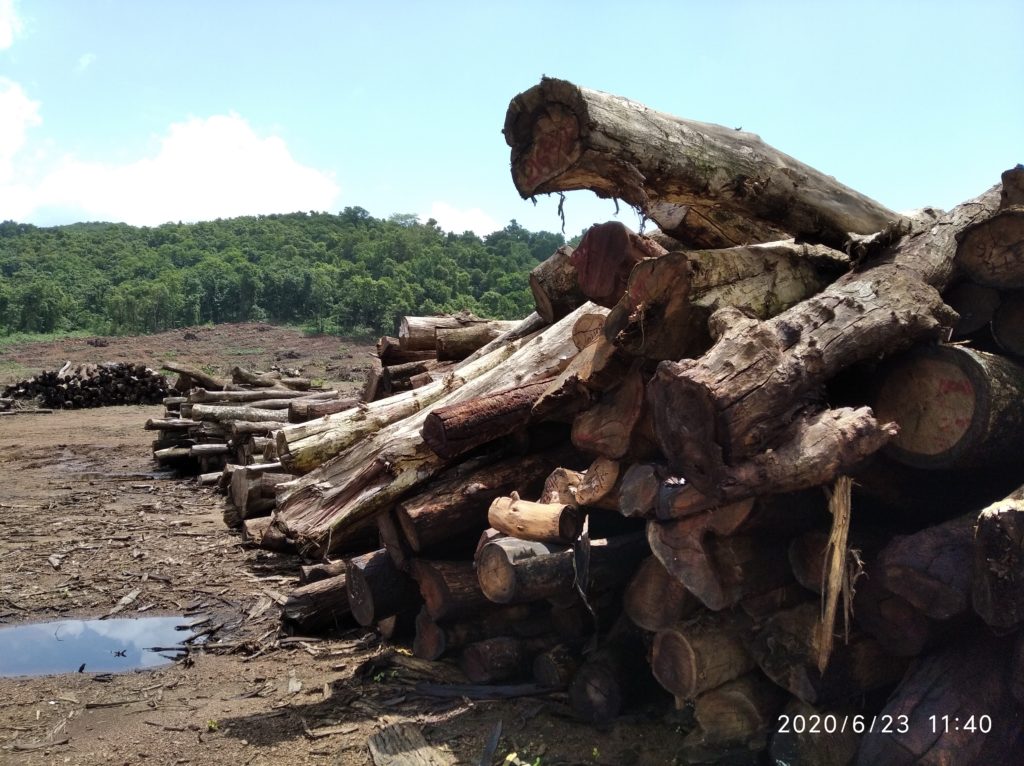
Environmental lawyers from Goa and other states, conservationists, two MLAs and the AAP party have written to the Central Empowered Committee (CEC), Supreme Court and called the above projects unsustainable and completely destructive. They have said the methods used by the state/central agencies for clearing the projects as illegal and unacceptable. They have also questioned the virtual clearances given by the standing committee of the NBWL. If Saldanha, a former state forest minister has written to the CEC, Lourenco, MLA has written to PM Modi for avoiding such projects in the forests.
EFFECT ON SPECIES
Activists say the manner in which the entire forest and wildlife clearance proposals were processed are questionable as there is no acknowledgment anywhere about the total forest land required. Given the grave ecological, social, cultural and economic consequences of these projects, they should be reconsidered and the decision revoked.
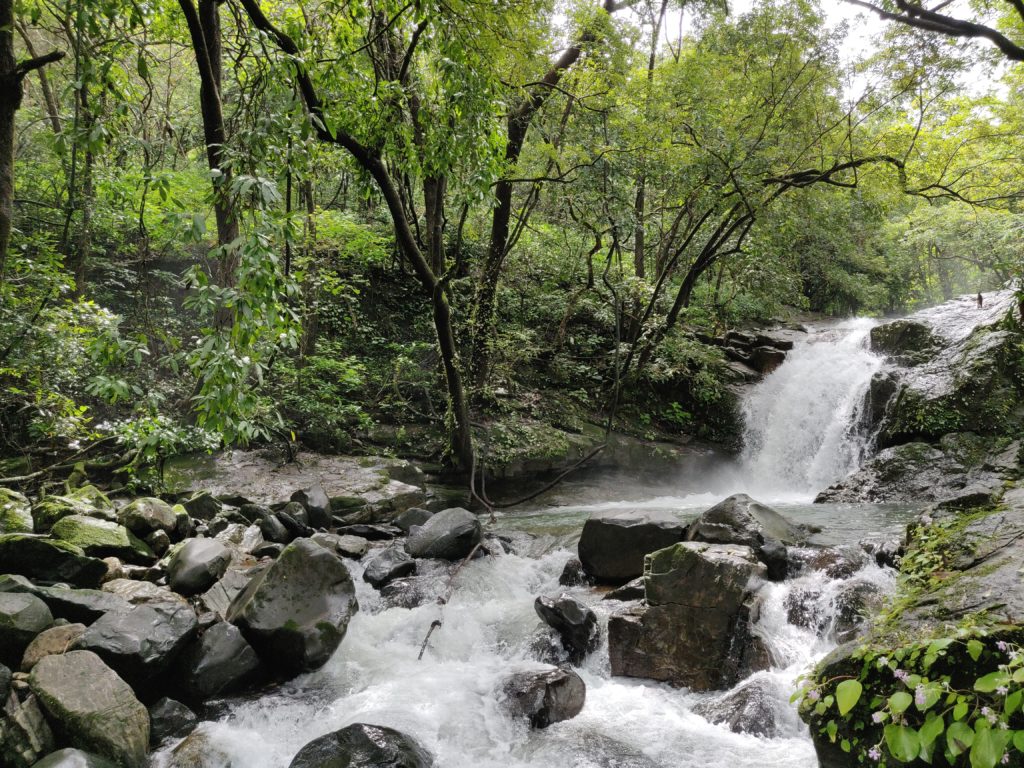
Spread across 240 sq kms, the Bhagwan Mahavir Wildlife Sanctuary and Mollem National Park are the largest protected areas in Dharbandora and Sanguem taluks of Goa. They form part of a vast contiguous forest extending into Karnataka and Maharashtra, and are home to Schedule-I and Schedule-II species such as the tiger, dhole, mouse deer, gaur and Indian Pangolin.
The Great Hornbill which is classified as vulnerable and Malabar Pied Hornbill which is classified as near threatened are also found in these PA. Also, movement of arboreal mammals, reptiles, fish, and amphibians is likely to be hindered by these linear structures.
DEFORESTATION-PANDEMIC
With novel Coronavirus pandemic still raging in the country, many scientific research reports clearly cite associations between large scale and unsustainable forest destruction and emerging infectious diseases. The National Institute of Virology, Pune has in fact, mentioned deforestation as one of the reasons for the pandemic.
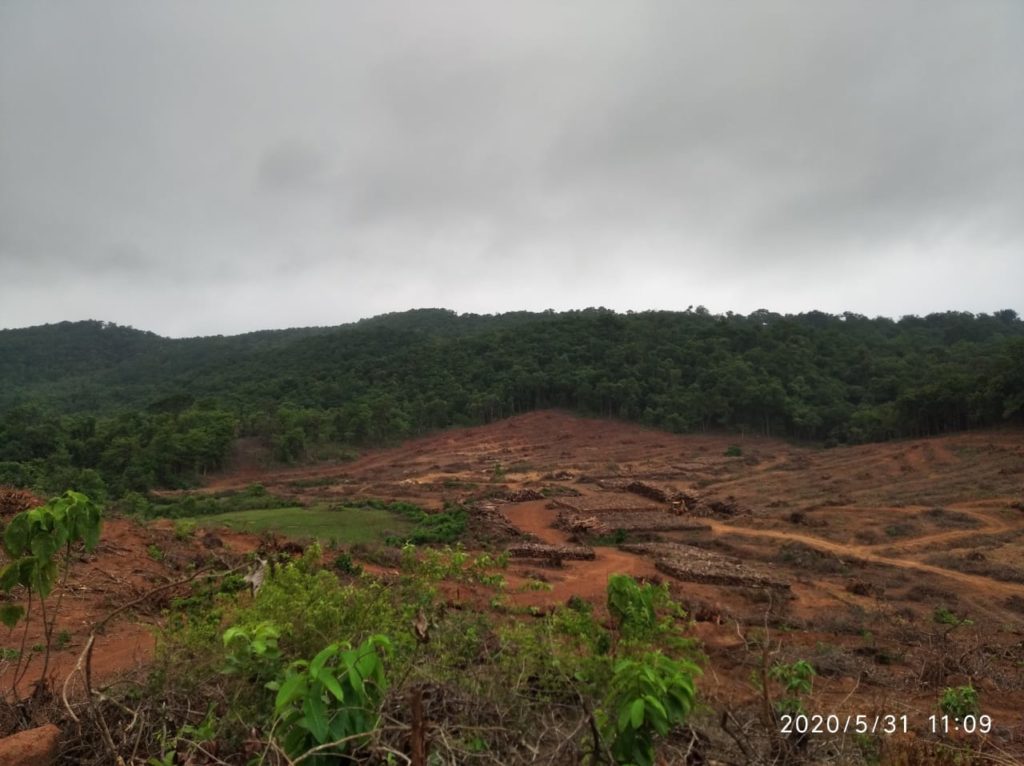
Increasing deforestation and cross species interaction and eating of exotic wildlife meats has increased our chances of being exposed to many new and newer viruses and zoonotic diseases like SARS, Ebola, Nipah and now Covid-19 are the living examples of this. The whole issue has to be viewed through the concerns of our future generation that will soon bear the brunt of Climate Change.
QUESTIONABLE APPROVALS
Now during the pandemic, how did the MoEF&CC take decisions through video conferencing and did not allow for site-specific scrutiny to substantiate facts, examine documents, or register the voices and opinions of stakeholders in a fully democratic manner, question scientists and academicians. Girish A Punjabi, wildlife biologist and a signatory to the letter sent to the CEC has stated, “It is disturbing how two projects can be cleared by the NBWL in a tiger habitat, using poorly-done (NH 4A project) or no EIA (LILO Transmission line) studies. No fact checking has been done whether these EIAs were done properly or if there is sensitive biodiversity in the region.”

Mollem and Mahaveer protected areas are part of the Western Ghats and is one of the 36 biodiversity hotspots of the world and part of the UNESCO World Heritage Site. This area was marked as ESA by the Western Ghats Expert Ecology Panel, say scientists and conservationists in a letter to authorities. Apart from Schedule-1 species, they also have newly discovered endemic species known as Idionyx gomantakensis which will face serious consequences and may lead to their local extinction.
WATER SCARCITY
According to the local community, the villages of Mollem, Sacorda and Colem Shigao are already facing acute water supply shortages because local water sources have been contaminated by mining activities. If these three projects go ahead, water scarcity will increase not just around this PA but also across Goa since these forests contribute water to Khanderpar River through provisioning and regulating services.
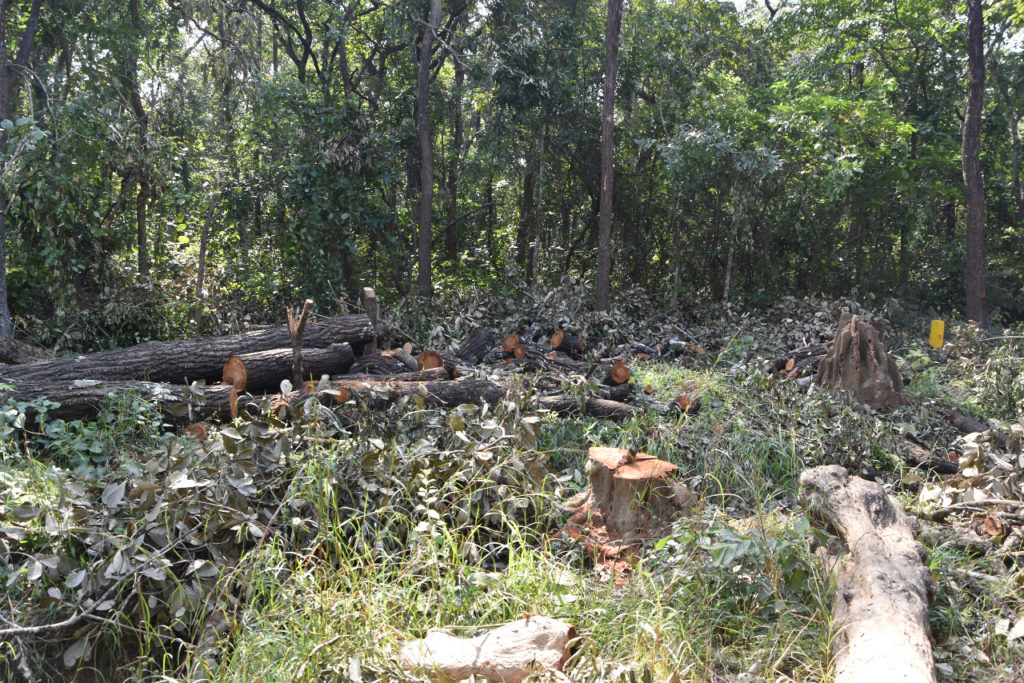
Further, it will impact the livelihood of people. With tourism and water security dependent on the rivers and streams that flow from these forests, water security for a large human population in North Goa will be affected. This aspect has been highlighted and focused in multiple representations to the state and central governments.
LEGAL SCRUTINY
In a letter dated August 2, addressed to the Member Secretary and Committee Members of the CEC, Supreme Court, Prerna Singh Bindra, former member, Standing Committee, National Board for Wildlife says, “I have critically reflected on the workings and past short-comings of this board during my tenure. I would like to further add that video-conferencing does not allow for site-specific scrutiny to substantiate facts, examine documents, clarify issues and doubts, comprehend fully the importance of the ecosystem and the scale of impacts, or register the voices of stakeholders.”
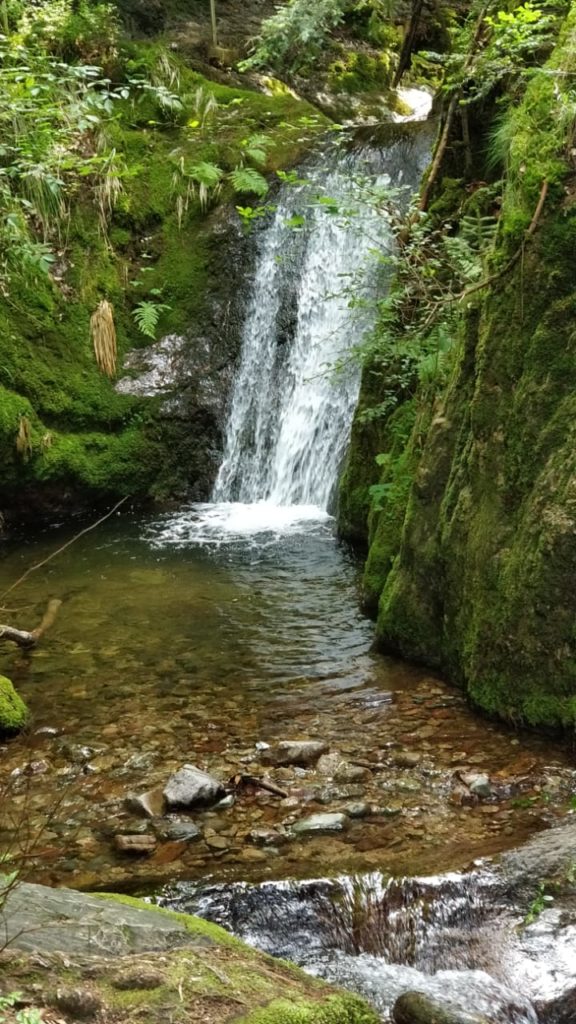
She further adds, “These decisions are subject to legal scrutiny and have long reaching impacts, potentially leading to irrevocable damage of fragile ecosystems on which both wildlife and people are dependent; call for due diligence and informed decision-making. Also, under Section 38(O) (1) (g) of the Wild Life (Protection) Act, 1972 forest diversion cannot be allowed for ecologically unsustainable use, except in public interest with the approval of NBWL on the advice of NTCA.”
Sreeja Chakraborty, Environmental Lawyer and founder, LEAF and part of a team of 20 lawyers who drafted a letter to CEC stresses, “There has been gross illegalities that needs to be looked into while the compensatory afforestation program has been given the go by. Although the project is spread over the states of Goa and Karnataka, the proposals have been submitted separately with the result, we are seeing 10 proposals from Goa. With the implementation of these three infrastructure projects, it will completely destroy the ecology of this area and the resulting effect on the people will be highly damaging.”
CITIZENS’ OPPOSITION
It is not as if only experts are opposing these projects as till date, hundreds of scientists, thousands of citizens, wildlife activists, tourism operators, the Travel and Tourism Association of Goa, local-business owners, college students and project affected residents have submitted their representations to authorities.

In fact, every section of society has voiced serious concerns and said how these two PA are important for them. A letter written by veterinary and medical students outlines, “This PA area is an integral part of our study tours and college life. Mollem has been a classroom in the Western Ghats tropical forests, offering diverse subjects like the endemic plants, lichens, fungi and insects to study and marvel at.”
EFFECT ON TOURISM
The Travel and Tourism Association of Goa State says the state has a huge opportunity to promote both wildlife eco-tourism and cultural and heritage tourism in the hinterland to increase revenue, employment rates and to emerge as a global leader.
A representation by 150+ tourism stakeholders stresses, “Dudhsagar Falls, Tambdi Surla Falls, Devil’s Canyon, Tiger Falls, Paikaechi Gufa (Cave), Kallem Dongor, Vagrea Pett and the 12th century Tambdi Surla Temple, etc are major tourist attractions and are all dependent on the environment which is sustained by Mollem as a whole.”
IRREPARABLE DAMAGE
Further, experts conclude that these forests are irreplaceable and any direct loss of biodiversity and the far-reaching impacts of habitat loss and fragmentation will reduce ecosystem stability and decrease forest resilience, that is also required to deal with the effects of climate change.
Meanwhile the High Court of Bombay has already issued notices to the Central/State agencies in response to a PIL filed by Goa Foundation filed on the issue of wildlife clearance.
The approval for these projects has come as a devastating blow to us citizens and local businesses, says Remo. The destruction of these forests will be irreparable and we hope the ‘right decision’ is taken before it’s too late.
